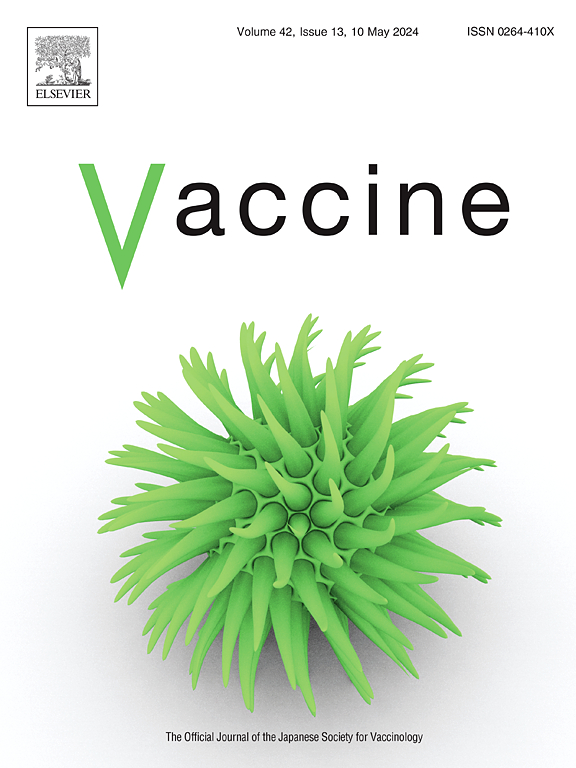Effect of lymphocyte miRNA expression on influenza vaccine-induced immunity
IF 4.5
3区 医学
Q2 IMMUNOLOGY
引用次数: 0
Abstract
Alterations of gene expression by miRNAs contribute substantially to genetic regulation and cellular functions. We conducted a comprehensive study in 53 individuals before and after seasonal inactivated influenza vaccine to characterize lymphocyte-specific miRNA expression (in purified B cells, CD4+ T cells, CD8+ T cells, and NK cells) and its effect on influenza vaccine-induced immune outcomes (hemagglutination inhibition antibody titers/HAI, viral neutralizing antibody titers /VNA, and memory B cell ELISPOT). Overall, we observed relatively stable miRNA expression before and after influenza vaccination. Statistical analysis uncovered three baseline miRNAs (miR-150-3p, miR-629-5p, and miR-4443) that were significantly correlated with influenza vaccine-induced immune outcomes in different cell types. Predictive modeling of influenza vaccine-induced HAI/VNA titers identified a set of specific baseline miRNAs in CD4+ T cells as factors predictive of antibody responses. A pathway enrichment analysis on the putative target genes revealed several regulated signaling pathways and functions: TGF-β signaling, PI3K-Akt signaling, p53 signaling, MAPK signaling, TNF signaling, and C-type lectin receptor signaling, as well as cell adhesion and adherens junctions, and antiviral host response. In conclusion, our study offers evidence for the role of epigenetic modification (miRNAs) on influenza vaccine-induced immunity. After validation, identified miRNAs may serve as potential biomarkers of immune response after influenza vaccination.
求助全文
约1分钟内获得全文
求助全文
来源期刊

Vaccine
医学-免疫学
CiteScore
8.70
自引率
5.50%
发文量
992
审稿时长
131 days
期刊介绍:
Vaccine is unique in publishing the highest quality science across all disciplines relevant to the field of vaccinology - all original article submissions across basic and clinical research, vaccine manufacturing, history, public policy, behavioral science and ethics, social sciences, safety, and many other related areas are welcomed. The submission categories as given in the Guide for Authors indicate where we receive the most papers. Papers outside these major areas are also welcome and authors are encouraged to contact us with specific questions.
 求助内容:
求助内容: 应助结果提醒方式:
应助结果提醒方式:


